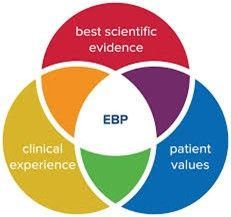Reducing Incidents in Child Welfare
Special Incident Reports (or SIR’s) are the bane of a child welfare agency’s existence. Per state requirements, when a significant event occurs in a foster home or a residential facility, it must be reported to state and county organizations. Staff writes SIR’s for many reasons: runaway, drug use, refusals (school, medicine), aggressive altercations, and other events. While an agency may be stellar in its work, one SIR or event can lead to increased scrutiny by regulatory agencies. This extra layer of examination can then cause corrective action plans including staff training, changing of policies, even employee terminations or facility closure in some instances.
How can an agency reduce the number of incidents for youths in their care?
1. Identify the high-risk high-volume incidents. What are the issues that appear most with the youths, or lead to the highest consequences? Are there hospitalizations, calls to law enforcement, youth removals? Isolating the major problem helps the agency focus on what is the most important issue.
2. Use root-cause analysis. Using specific steps to ask “Why?” over and over again may lead to surprising answers.
3. Ask stakeholders to provide feedback. No solution will work without the input of all parties involved. This means staff, referral agencies, outside social workers, and other professionals. But most importantly, it means working with the youths and asking them for their assistance. Now some agencies will say, “talking to kids is like the fox guarding the henhouse,” meaning that they’ll say what makes life easier for them and more difficult for staff. However, youths have motivations and reasons for their behaviors. They also are inclined to adapt themselves when they have “skin in the game,” are active participants, and incentives are in place.
4. Try out the solutions as experiments, not fully-loaded initiatives. Not every action will work, but in many cases, there will be an improvement.
For example, if an adolescent female residential facility identifies their high-risk high-volume issue as physical altercations. The staff can look at all the variables that affect the fights, such as time of day, specific youths, precipitating factors, etc. Then they can use the root-cause analysis and ask why? Examples can be boredom, improper communication skills, lack of physical exercise, trauma triggers, lack of proper supervision, or lack of incentives to avoid fighting. The staff can then talk to the females and get their input for solutions. Maybe the youths need their own group time to work out their problems, with a staff member as a mediator. More exercise, meditation, or other activities to reduce stress. Maybe an increase in the allowance for avoiding aggressive behaviors. These and other ideas can be used to assist them in learning new skills.
Praxes provides consultation to agencies to improve the quality of care. For more information, please contact us.




